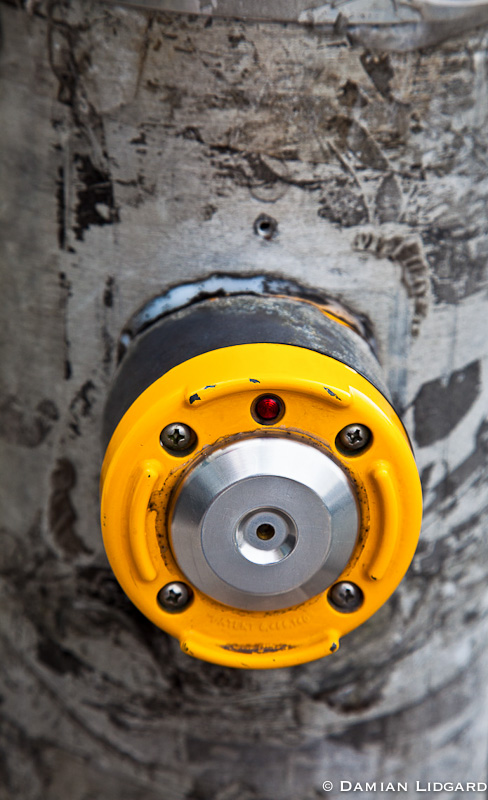Chogyam Trungpa Rinpoche (1939 – 1987) was a key contributor to bringing Tibetan Buddhism to North America and established the Shambhala training method. He was also an intriguing photographer and introduced the contemplative approach to photography of Miksang. This technique was later developed by Michael Wood and John McQuade.
Miksang is Tibetan for ‘Good Eye’. The ‘Good’ refers to the beauty in the world around us, and the ‘Eye’ to the simple fact that by looking and seeing we can appreciate this elemental beauty.
When we look at the world around us our minds are busy. Whenever we see something our minds begin labelling, associating, judging and interpreting what we see. If, while walking down the street, you see a strong image, such as a brilliant blue bus against lush green grass, our minds immediately label the bus as a bus, we ask ourselves whether we like it, we recall moments when we have seen a bus, and so on. The original perception of the bus is fractured by all of these thoughts and we remain looking at a bus.
There are three stages to the practice of Miksang
Through practice, when a perception occurs we learn to soften the busy mind and maintain a direct connection with ‘The Unconditional Perception’ (Stage One). We hold on to this connection as we go through Stage Two – ‘Visual Discernment‘ (identifying the boundaries of the perception) and Stage Three – ‘Forming the Equivalent‘ (closing and opening the shutter and forming an equivalent of the perception on film).
Through this practice, our eyes see the world as vibrant, simple, open, powerful and delightful.







